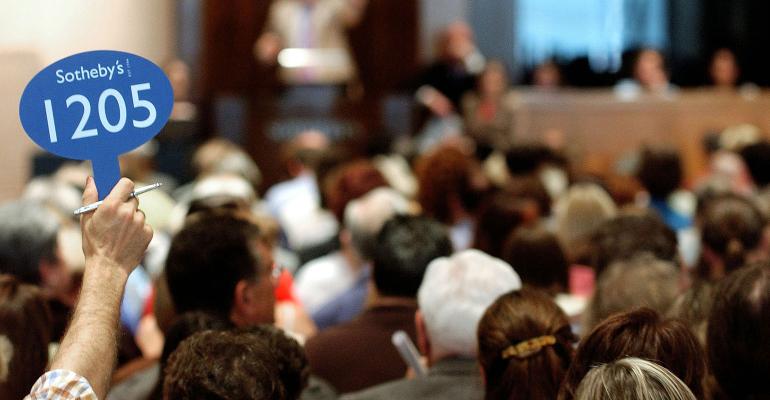Sotheby’s recently announced that it has reimbursed the buyer of a forged $10 million painting attributed to 17th-century painter Frans Hals.
Earlier this year, the auction house became aware that the painting, which was sold in a private sale facilitated by Sotheby’s in 2011, had authenticity concerns. After hiring a third-party expert to conduct forensic analysis, it was proven that modern materials were used in the painting; therefore, it could not have been authentic.
While this case is still being investigated, it has now come to light that this forgery is likely one part of a larger circle of Old Master forgeries. It is purported that collectors may have spent as much as $255 million on fake Old Master works created by this particular forger. The seller of these fake paintings appears to be Giulano Ruffini, a French art dealer.
Unfortunately, art forgery headlines are far from uncommon. The Knoedler Gallery, New York City’s oldest and arguably most respected gallery, closed in 2011 after it was proven that Glafira Rosales supplied more than $80 in forged Modern and Contemporary paintings to the gallery, which were sold on to clients. Earlier this fall, Winston Art Group was approached by a client who wanted to sell a painting by Pierre-Auguste Renoir. This painting had been sold by a well-respected European dealer and had been included in a celebrated private collection. Its authenticity had not been questioned by many seasoned art professionals who had seen, sold and handled it over the years. As the client did not have a certificate of authenticity for the painting, when Winston Art Group was engaged to assist in selling it, we encouraged the client to send it to the Wildenstein Institute. This is a center for art research in Paris, and the recognized body for authenticating works of art by Renoir. The Wildenstein Institute declined to issue a certificate of authenticity for this work, despite its stellar provenance.
When fake paintings are fooling even auction houses and prominent dealers, what can advisors do to protect their clients?
- Conduct due diligence. Always ask questions and conduct research to find out about the work of art’s history, as well as exhibition and literature citations prior to purchase. Ideally, a buyer should be able to trace the history of the painting all the way back to the artist’s studio. Does it appear in exhibition catalogs, books or monographs? Speak with the seller, other experts and scholars on the artist, and a well-respected independent art advisor. If it is discovered that the work passed through the hands of collectors or dealers with histories of handling fake art, or if any scholars raise concerns about the formal qualities of the work not aligning with the artist’s oeuvre, the buyer should take these discoveries very seriously.
- Seek out documentation. If the artist has a catalog raisonné, ensure the work is included. Ask the seller for a certificate of authenticity. If the seller does not have one, try to obtain one. Depending on the artist, certificates of authenticity may be issued by the artist’s foundation, by a surviving family member or from another expert on the artist. Unfortunately, for many artists, it is not possible to obtain a certificate of authenticity. In such a case, you may want to consider forensic testing. As was the scenario in the Frans Hals, case, forensic testing was the method that was able to definitively prove inauthenticity.
- Obtain independent advice. Seek advice from an expert on the artist who is not the individual or entity selling the painting. Auction houses and art dealers cannot authenticate art, and they are, after all, in the business of selling. Always obtain an independent opinion from a scholar or from a qualified and independent art advisor who is knowledgeable about the artist in question and who has no financial interest in the sale of the work of art.
Claire Brown is Associate Director of Business Development at Winston Art Group.





